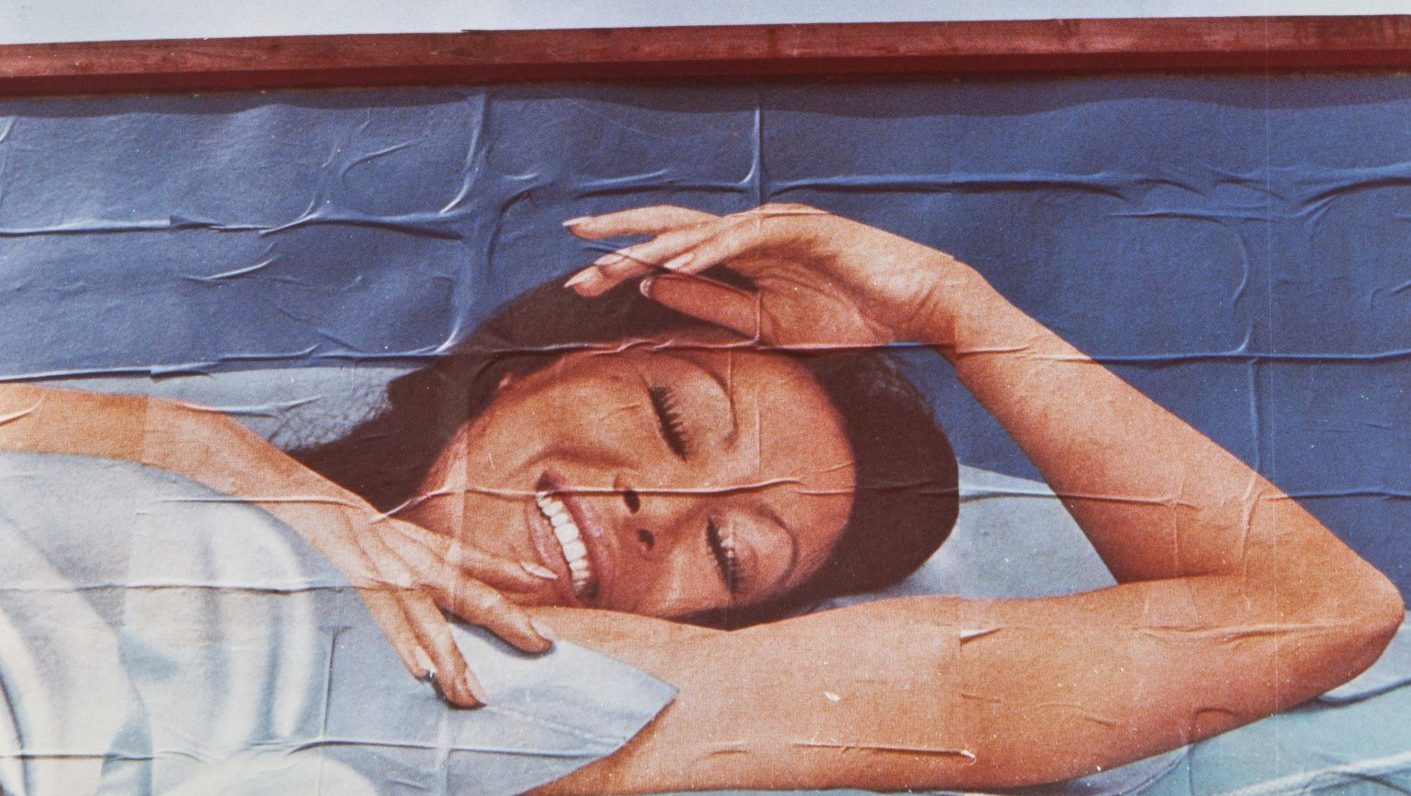On a cold afternoon at the end of November 1893, a 30-year-old London barrister named Anthony Hope Hawkins left Westminster County Court on St Martin’s Lane to walk back to his chambers at Middle Temple.
He had a spring in his step, having just won an important case, but as he turned on to The Strand he had no inkling that when he reached the warmth of his office the course of his destiny would have changed dramatically.
On The Strand he passed two men in quick succession who, he realised, were the absolute spit of each other. Could even have been the same person were it not for their different coats and hats. Remarkable.
As he paced towards Aldwych a new story was forming in his mind. Lookalikes. Mistaken identity. That could work. It was good enough for Shakespeare, after all. Set it in central Europe perhaps? Hmm…
“Arriving at my chambers I reviewed it over a pipe,” he recalled 30 years later, “and the next day sat down to write the first chapter.”
The first draft of The Prisoner of Zenda was completed in barely three weeks and published in 1894, 130 years ago this year, under Hawkins’s pen name of Alexander Hope.
It is no exaggeration to say that The Prisoner of Zenda changed the face of popular fiction. The novel became not only a huge bestseller that would inspire stage and screen adaptations for decades to come – not to mention having the Canadian settlement of Zenda named after it – but in its fictional setting of Ruritania, Hope’s book inspired a literary genre of its own and lent the adjective “Ruritanian” to the English language.
Whenever I am asked about my favourite European novel I feel compelled to pick something challenging, high-falutin’ and suitably literary. One of the great Russian epics, perhaps – Camus, Kafka or Goethe, maybe a modern masterpiece by a contemporary genius like Olga Tokarczuk. Yet my thoughts always return to a riproaring yarn dashed off in haste by an English lawyer, a breathtaking adventure in a part of Europe that doesn’t even exist.
The Prisoner of Zenda is a proper, old-fashioned tale in which no swash is left unbuckled. There are swordfights, dastardly aristocrats, mysterious forests, apple-cheeked peasants, castles and pageantry, pluck and derring-do, epic romance and, of course, a princess.
This is a Europe of a particular kind, bucolic, romanticised, chivalric, a continent free of industrialisation, megalomaniac imperialists and rapacious empire builders. Ruritania is feudal but happy, a tiny nation fixed in time as a perpetually medieval idyll cheerfully incurious about events outside its borders.
It also helps that The Prisoner of Zenda has a humdinger of a plot that keeps the pages turning as if whipped up by a breeze. When wealthy London layabout Rudolf Rassendyll whimsically decides to visit Ruritania he finds that he is a doppelgänger for the man about to be crowned Rudolf V. To thwart a rumoured coup by the new monarch’s half-brother, Michael, and his charismatic aristocratic sidekick, Rupert of Henzau, Rassendyll is pressed into service as a lookalike stand-in in the event that the prince is kidnapped before he can be crowned.
As the younger sibling of an English earl who is fortunate to have studied in Germany long enough to become fluent in the language, not to mention being a crack shot, excellent swordsman and a distant relative of the Ruritanian royals thanks to some extramarital 18th-century bedchamber shenanigans, Rassendyll has all the necessary requirements to pull off this benign subterfuge.
When the real pretender to the throne is subsequently drugged, kidnapped and hidden away in the remote Castle of Zenda, Rassendyll is not only crowned and acclaimed as Rudolf V but has to rule Ruritania until the real monarch can be rescued and restored to the throne. Add to the mix that he has become infatuated with Princess Flavia, to whom the real Rudolf is betrothed and who is not party to the switch, and all the ingredients are there for some riproaring Mitteleuropa adventures building to a thrilling and dramatic denouement.
The Prisoner of Zenda became an instant bestseller that was life-changing for its author. Anthony Hope Hawkins came from a solidly upper-middle-class London family who had produced generations of doctors, clergymen and lawyers.
His father was the vicar of St Bride’s church in Fleet Street and his mother an aunt of Wind in the Willows author Kenneth Grahame. Educated at Marlborough College and Oxford University, where he was president of the Oxford Union, Hawkins qualified as a lawyer and was able to use family connections – a High Court judge cousin known as “Hanging Hawkins” – to secure a place at the Bar.
Hawkins also dabbled in politics, running unsuccessfully for parliament as the Liberal candidate for South Buckinghamshire in the general election of 1892, yet still found time to write reams of fiction as Anthony Hope. He published his first novel,
A Man of Mark, about a corrupt Latin American state called Aureataland, in 1890, churned out serials for magazines and was prolific enough to have published five novels in the three years between his debut and The Prisoner of Zenda.
The stratospheric success of his Ruritanian thriller – a copy even reached Robert Louis Stevenson in Samoa, prompting a gushing letter of praise – allowed Hawkins to give up the Bar in favour of becoming Anthony Hope, full-time author.
The Prisoner of Zenda reaches its 130th birthday having never fallen out of print. An early adaptation for the stage benefited from the termination of a run of The Importance of Being Earnest when the Oscar Wilde scandal blew up, The Prisoner of Zenda filling the void and even co-opting cast members from the Wilde production. The play ran to more than 300 performances in the West End to rave reviews and full houses, despite earning the disapproval of George Bernard Shaw.
For Shaw, Rassendyll was “a pasteboard pattern of manly attitudes” and the book, while it had its merits, represented “the British Wholesale Association for the Supply of Moral Fiction”. Shaw did concede that the stage version was “a permanent institution, like Madame Tussauds”, but his was a rare dissenting voice among extraordinary acclaim.
The first screen adaptation was a US production released in 1913, followed two years later by a British version. The coming of sound led to the definitive screen realisation, released in 1937 and starring Douglas Fairbanks Jr, Ronald Colman and a young David Niven.
Britain’s own constitutional crisis of the previous year following the abdication of Edward VIII gave the film an unlikely topicality and helped it become a hit, while for the New York premiere, the studio flew in the entire population of Zenda, Ontario. All 12 of them.
The Prisoner of Zenda was not the first work to centre a story in an imagined central Europe, but Ruritania soon became a catch-all term for similar fictional locations. Leonard Wibberley created the Duchy of Grand Fenwick in his 1955 satire The Mouse That Roared, in which the tiny Mitteleuropan state declared war on the USA in the hope of surrendering swiftly and bloodlessly and receiving a subsequent fortune in international aid, a book later turned successfully into a film starring Peter Sellers (the less said about Sellers’ terrible 1979 adaptation of The Prisoner of Zenda the better, meanwhile).
John Steinbeck’s 1957 novella The Short Reign of Pippin IV was set in France but certainly inspired by The Prisoner of Zenda, while Angela Thirkell employs the distinctly Ruritanian Mixolydia in her Barsetshire novels, with Mixolydian refugees arriving in the county in the early years of the second world war.
In the popular Chalet School series of young adult novels, Princess Elisaveta of the Balkan micronation Belsornia arrives incognito at the Tyrolean school as a pupil and becomes the target of a kidnap plot instigated by her power-hungry uncle.
George MacDonald Fraser borrowed heavily from Hope’s creation in his 1970 Flashman novel Royal Flash set in the Duchy of Strackenz at the time of the 1848 revolutions and introducing a neatly meta device in which Flashman claims Hope plagiarised his experiences to write The Prisoner of Zenda.
Evelyn Waugh, John Buchan and Lawrence Durrell have also used Ruritanian nations as plot devices and one can even trace a line from The Prisoner of Zenda to Wes Anderson’s 2014 film The Grand Budapest Hotel, set in embattled Zubrowka, once the heart of an empire but as the film takes place finding itself in much reduced circumstances.
Hope’s Ruritania is never placed specifically on the map, but the fact Rassendyll arrives at the border by train from Paris via Dresden suggests it lies somewhere in eastern Europe. Most of the nations dreamed up by western European and occasionally American writers (who can forget the 1981 royal wedding massacre in Moldavia that wiped out most of the cast of Dynasty?) seem to be in eastern Europe and particularly the Carpathians and Balkans, a region imagined as a mysterious place of castles, dark forests, bears, wolves, superstition and regular outbreaks of bloodthirsty unrest among a baggy-trousered populace with a penchant for brimless hats, Bram Stoker’s vision of Transylvania perhaps being the archetype.
The uncomfortable aspect of The Prisoner of Zenda lies in this “othering” of another part of our continent in the hope of making us feel better about ourselves and our “normal” way of life. The Prisoner of Zenda arrived at a time of great constitutional and societal upheaval in Britain, including the creation of an industrial working class, the establishment of a new middle class and the reduced role of the monarchy in governance. With Britain changing rapidly, to escape mentally to a rigidly hierarchical society lost in time where mention of the railway feels like spotting a digital watch on the Bayeux Tapestry must have reassured many readers.
Such was the book’s contemporary popularity that Hope produced a sequel, Rupert of Hentzau, published in 1898 and, while he turned out novels at an impressive rate, he never emulated the success of his masterpiece. After all, when your protagonist is portrayed on screen by everyone from Stewart Granger to Sid James (in the Carry on Laughing episode The Prisoner of Spenda), clearly on that wintry London afternoon in the twilight of an empire, you tapped in to something special.
The Prisoner of Zenda by Anthony Hope is published by Penguin Classics, price £7.99.




